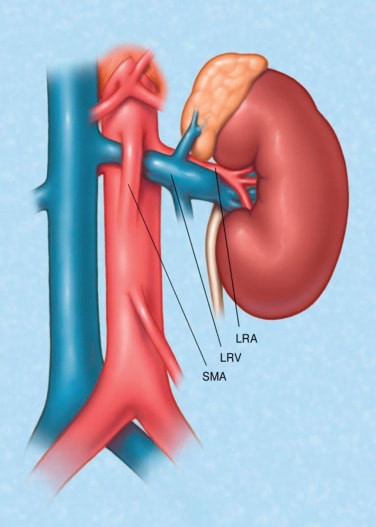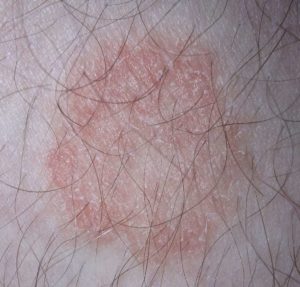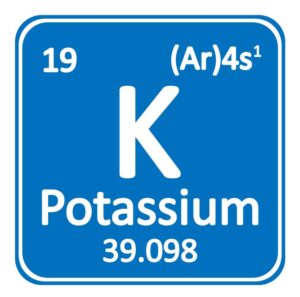The compression of your left renal (kidney) vein, often between your abdominal aorta and superior mesenteric artery, is known as nutcracker syndrome. This pressure on your vein inhibits blood circulation. Among the symptoms include blood in the urine and flank discomfort. Your renal vein can be relieved of pressure by surgical and less invasive treatments.
Your abdominal aorta and superior mesenteric artery compress your renal vein like the two levers of a nutcracker. This is what a researcher saw in 1937. In describing the anatomy, he described the appearance of the left renal vein as “a nut between the teeth of a nutcracker.”
The medical term for this ailment is left renal vein entrapment syndrome.
Nutcracker Syndrome Symptoms
All of the signs and symptoms of NCS result from the restriction of the left renal vein’s outflow. This leads to hematuria (which might induce anemia) and gastrointestinal discomfort (classically left flank or pelvic pain). Depending on location, stomach discomfort may ease or worsen. Depending on how they sit or stand, patients may also have orthostatic proteinuria, or the presence of protein in their urine.
Since the left gonadal vein drains through the left renal vein, it can also cause left testicular discomfort in males and left lower quadrant pain in women, particularly during sexual activity and menstruation. Occasionally, gonadal vein enlargement may result in ovarian vein syndrome in females. The compression of the splanchnic veins might result in nausea and vomiting. Varicocele development and varicose veins in the lower extremities are an atypical symptom of NCS. Another clinical investigation has demonstrated that nutcracker syndrome is a common feature in individuals with varicocele, and it may be prudent to routinely rule out nutcracker syndrome as a cause of varicocele and pelvic congestion. Hypertension in the left gonadal vein can potentially exacerbate menstrual discomfort in women.

Diagnosis
Because these symptoms are prevalent and may be associated with other illnesses, nutcracker syndrome is sometimes difficult to diagnose.
Our imaging specialists have access to cutting-edge equipment that allows us to view precisely what is occurring within your body. Among the advanced diagnostic methods we may employ are:
• Doppler ultrasound: This enables us to see your blood flow in real time.
• CT scan: we collect x-ray images from several angles to create a three-dimensional representation of what is occurring within your body.
• MRI: this technology allows us to obtain detailed pictures of your veins.
• Venogram: This allows us to see your blood vessels from the inside and is performed in our clinic as an outpatient procedure.
Treatment
The treatment for nutcracker syndrome varies on the patient’s age, intensity of symptoms, and general health.
Depending on the severity of your ailment, you may not require treatment, especially if you are:
• If you are under 18 years old, the issue may resolve as you age.
• A person with minor nutcracker syndrome symptoms.
Typical treatment for Nutcracker syndrome includes:
• Stenting
• Surgery
• Routine urinalysis




Pingback: online pharmacies canada